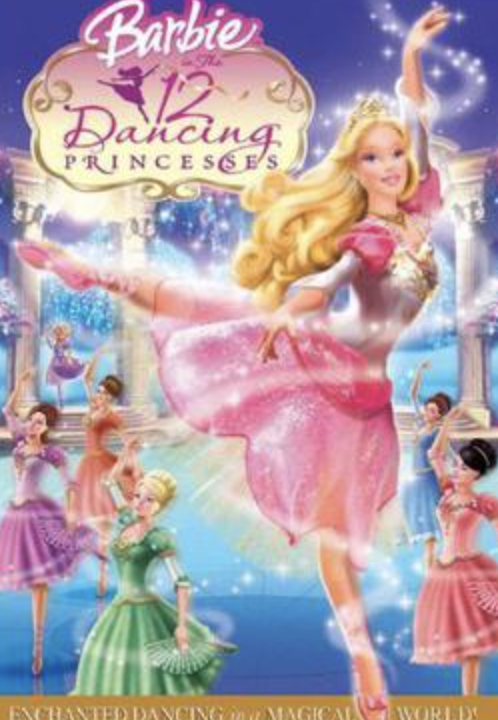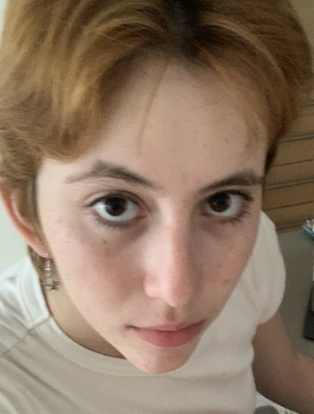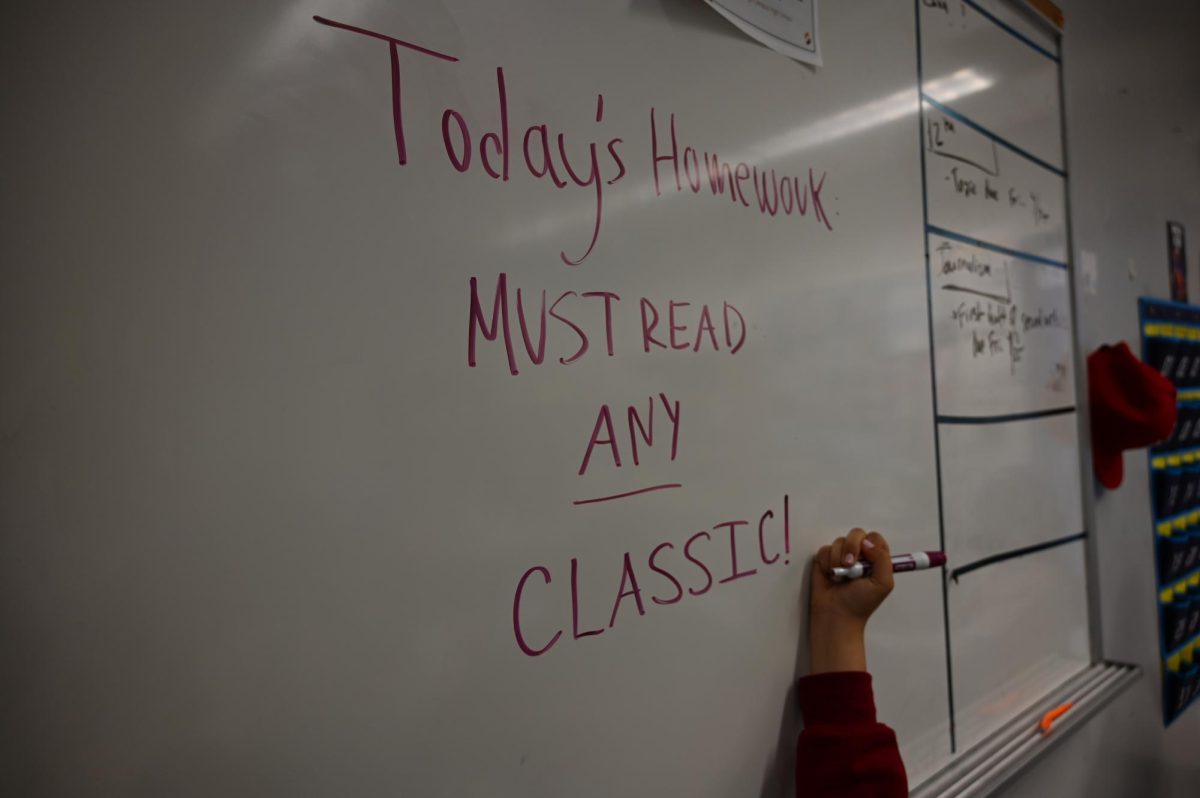Why Do We Love Bad Media?
March 8, 2023
The Netflix homepage floats ominously on a television screen. Every night, there’s the question of what to watch – realize the indisputable beauty of The Godfather, or rewatch that movie that was total garbage? The cursor hangs over the former before landing on the latter. Yeah, it’s garbage, but it’s your garbage.
When certain seniors were asked what their favorite bad movie was, answers ranged from Top Gun (directed by Tony Scott) to Barbie in the 12 Dancing Princesses (directed by Greg Richardson). But what makes these movies “bad”? Mariem Isufi calls Top Gun “really misogynistic”, so maybe “bad” means the beliefs the text are built upon are inherently flawed. Sam Palombo, however, said Barbie’s “badness” comes from the fact that it is for “when you’re five”, which is not a belief, just a fact of the audience the movie is marketed to.
The “bad” quality of a movie is not clear cut or easy to define. Is the acting robotic and uninspiring? Does the camera twirl around so much it makes the audience nauseous? Are the narrative arcs inconsistent with the themes argued? Is the lighting so low that the screen is practically black the entire time? Any (or all) of these qualities would likely result in a movie being classified as “bad” before being thrown into the trash pile to be forgotten, forevermore.
And yet, they are not. We watch bad movies and find reasons to love them despite their numerous flaws. Palombo remembers Barbie in the 12 Dancing Princesses fondly because “[the characters are] such a lovely family of siblings. As an only child, it was just like, wow. I wanted that life.” Although Palombo was a child when she first watched the film, her response speaks to how there are inherent facets of humanity reflected in the worst works of art.
Often the things we love about bad works of art are because they held a lot of meaning during specific moments in our lives. Similar to Palombo’s story, senior Izabell Mendez said, of Sweeney Todd [The Demon Barber of Fleet Street, directed by Tim Burton], “It’s a movie that my cousin tried to show me once and I was twelve and I was really bored and I told her to shut it off, and that was the moment she realized she forgot people got violently murdered in that movie. I didn’t even realize. I was bored and my cousin had forgotten but we weren’t there yet. I rewatched it when I got older and I was able to handle all the murder in my movie. I look back on it and I remember it fondly because I watched it with cat allergies.”
Isufi told a similar story. She said, “I watch a lot of weird, medieval movies. I grew up watching my dad watch them. You know that Jared Padalecki one? The movie is so bad, it’s so cute. It’s, like, cringey I love it. It’s called Thomas Kinkade’s Christmas Cottage [directed by Michael Campus]. I think it’s bad just ‘cause it’s old, but I liked it.” So even when we’re aware movies are bad, we can form emotional attachments to them, loving them despite their flaws. Moreover, bad media takes less out of us to engage with.
Senior Stella Scarozza declared Twilight (directed by Catherine Hardwicke) to be her favorite bad movie. She said, “It’s horrible acting, obviously, and it’s horrible writing, also obviously. And it’s just very silly. It’s just so comforting. It takes zero brain power and it’s just like, [sighs] Twilight. You can just relax into it.”
Similarly, Mendez said, “[Sweeney Todd]’s not a horrible movie, right? But it’s not the best – it’s not a masterpiece. By saying it’s not good, it makes it better. I get enjoyment from saying it’s not good. I don’t have to hold it to a high standard, I can just appreciate the silliness.”













